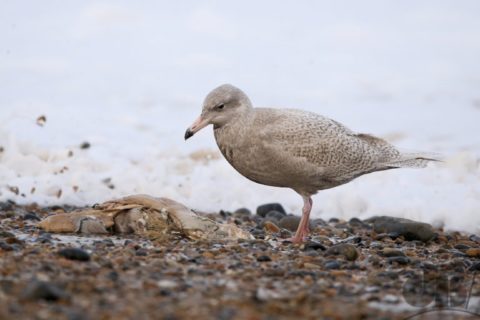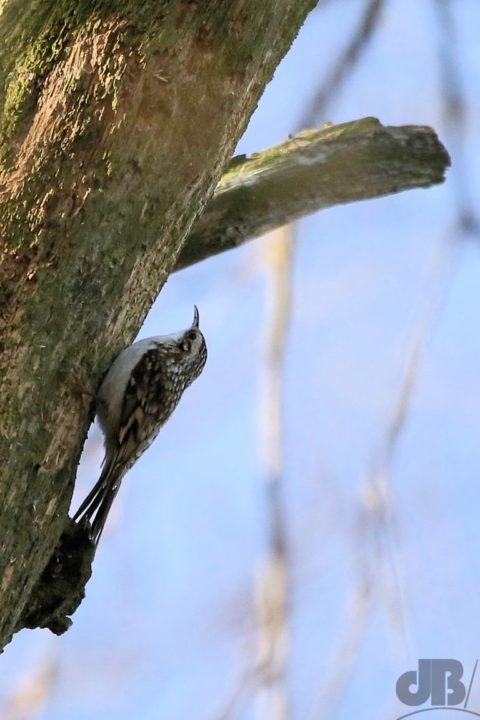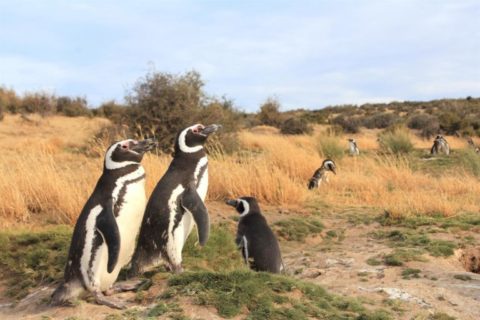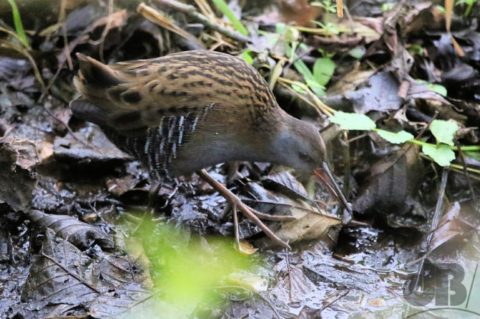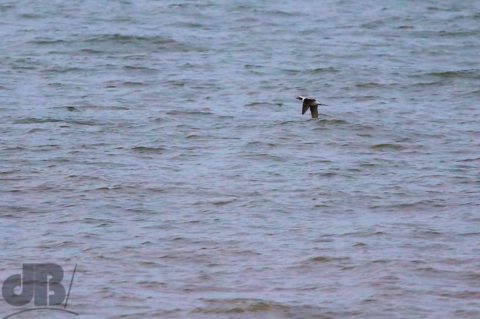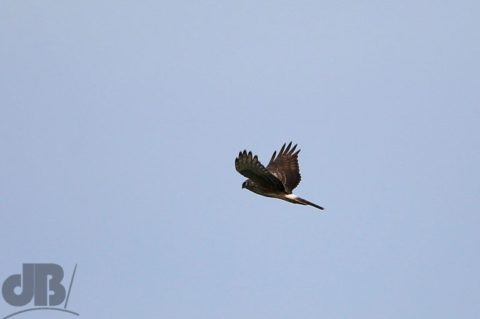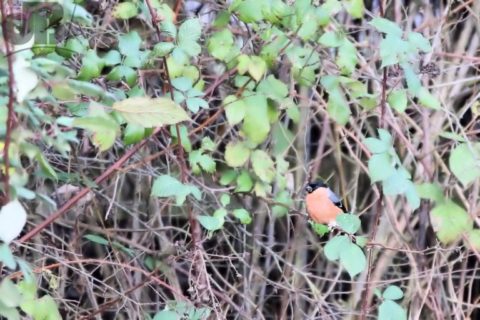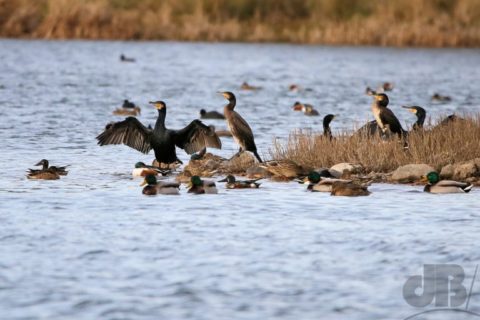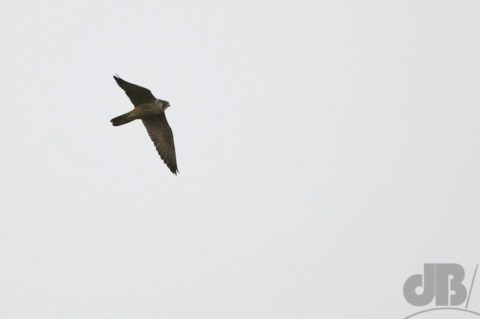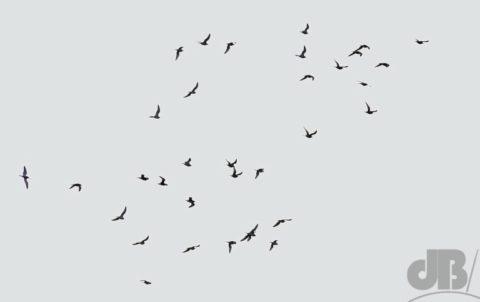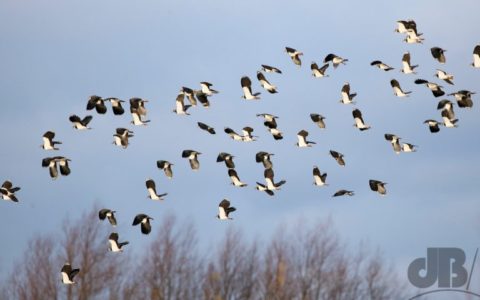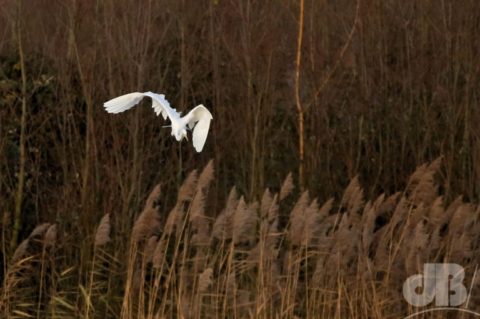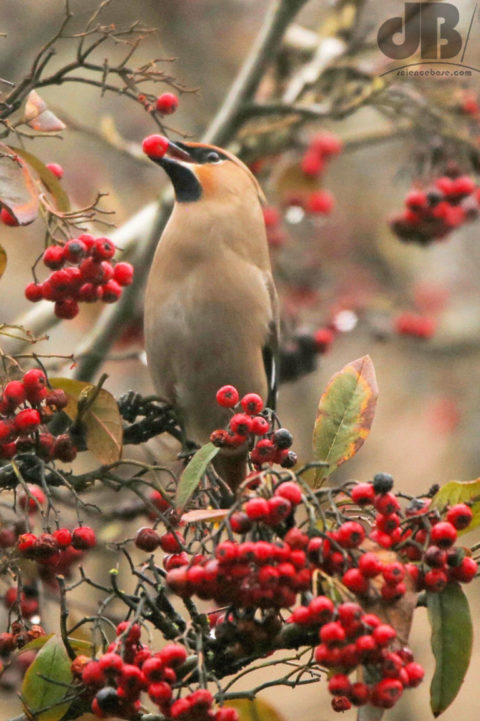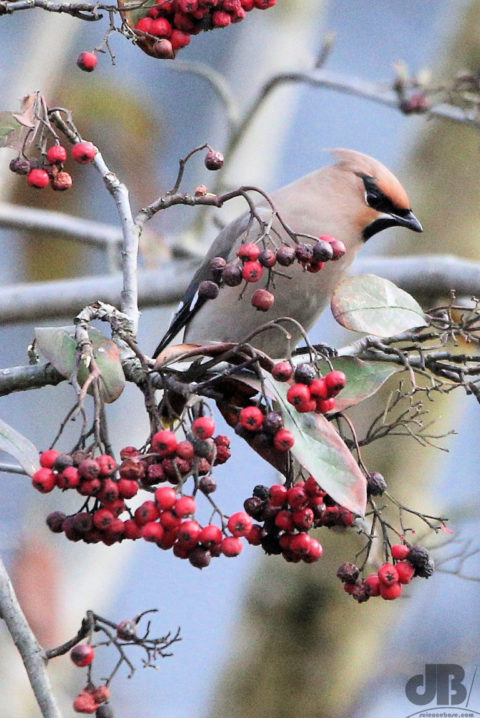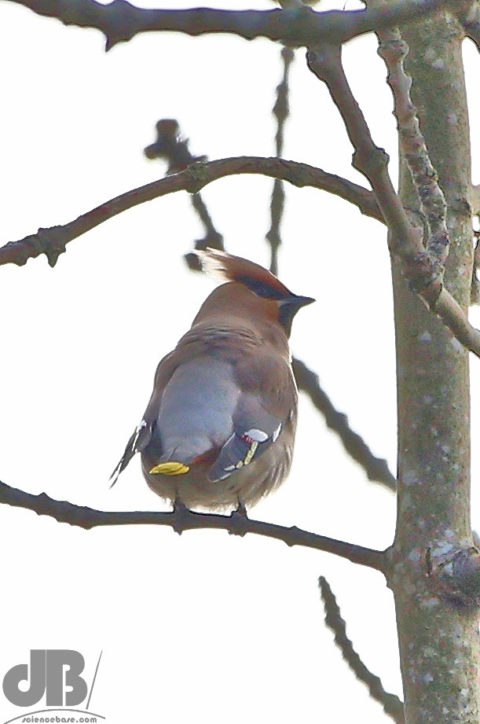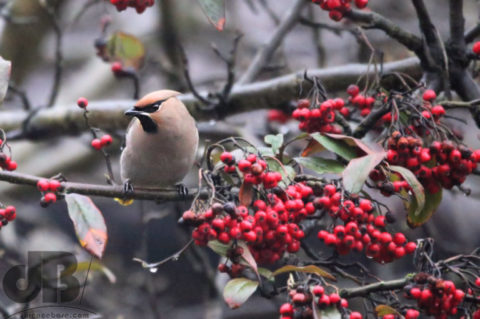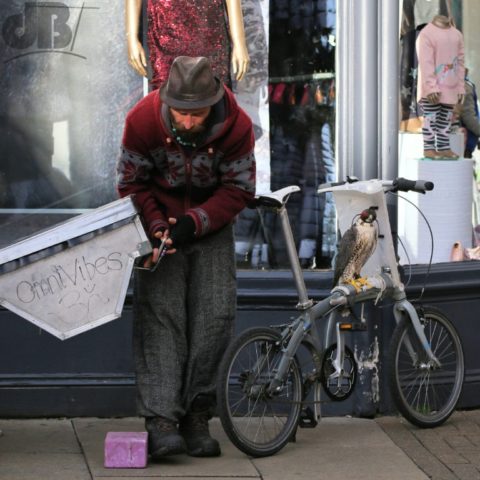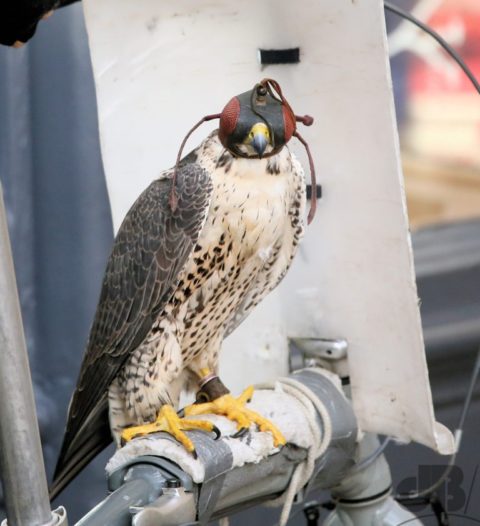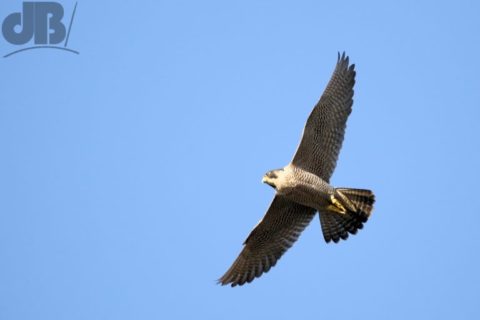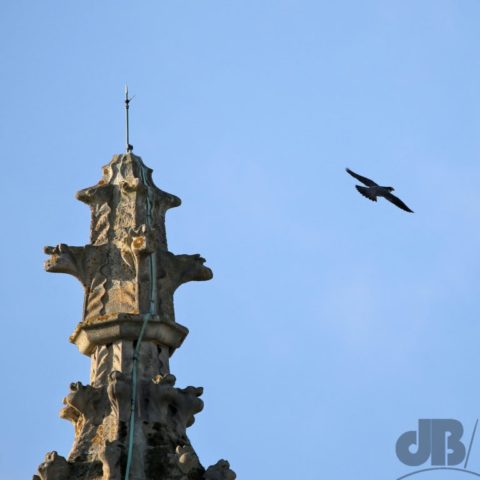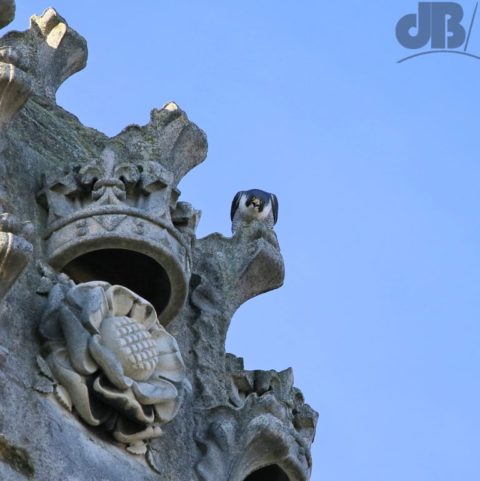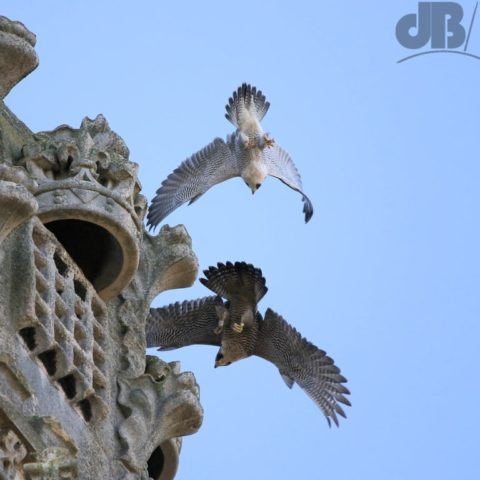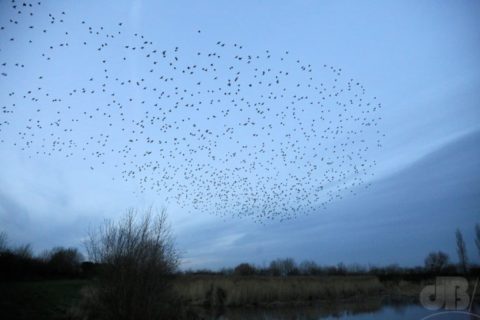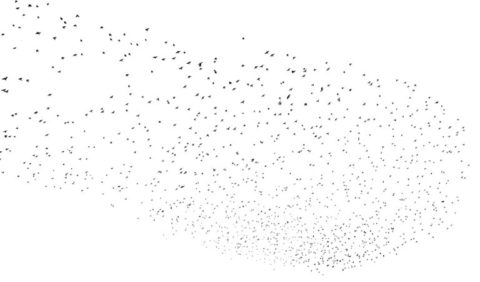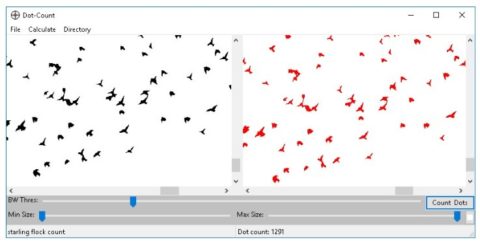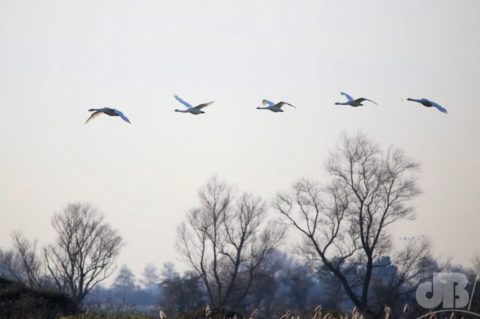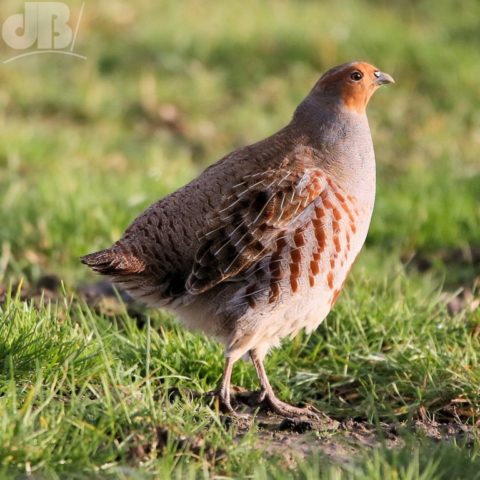Some time ago, I wrote about the bird that is a common avian continuity error in period dramas set in Britain. The familiar “coo-coo-cooo” call of the Collared Dove (Streptopelia decaocto) would not have been heard in this green and pleasant land until well after the Second World War. The species had simply not spread its wings to settle on this sceptred isle from its native habitat of The Balkans. As such, you should not be able to hear its plaintive call while Mr Darcy steps sodden from that lake and sets Miss Bennett’s heart aflutter, nor in any film, TV programme, etc set before about 1950, to be frank.
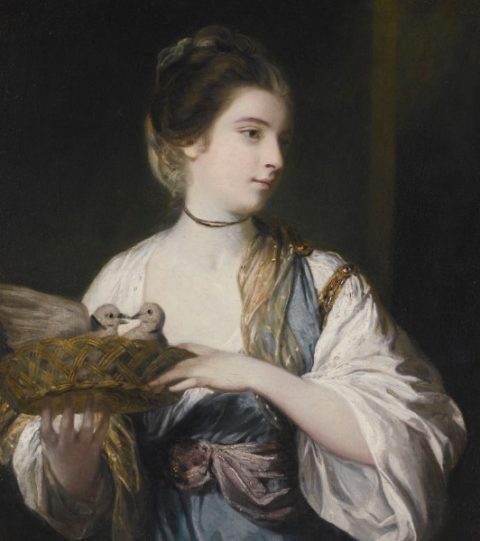
Of course, no debunking of the deceived wisdom is ever entirely clearcut. Emily Brand shared on Twitter a painting that was up for auction at Sotheby’s. The painting most commonly known as Nancy Reynolds with Doves is by Sir Joshua Reynolds and dates to circa 1815. It sold for GBP 62,500.
In the painting, we see a winsome young woman holding what appears to be a gold-braided basket nestling a pair of what appear to be Collared Doves that are chattering to each other. Now, I was curious, this Eurasian species would have been known to Brits of that era through their Grand Tours of Europe etc. The allusions may be obvious, doves are a symbol of peace and love, although it is usually a white dove that we see in paintings. Perhaps the picturing of the Collared Dove, rather than the native (but migratory) Turtle Dove (Streptopelia turtur) as might have been more obvious, alludes to Nancy’s travels to the Mediterranean and the near-East, perhaps even further afield. Equally, it might be suggestive of the age of enlightenment and its debt to the classical era of the Mediterranean. It may well be that Nancy or Sir Joshua’s patron kept these birds as pets for any of a variety of reasons and the allusions to any and all of the above.
It is actually perhaps a little more likely that the birds in the picture are Barbary Doves (Streptopelia risoria), a domesticated strain of the African Collared Dove. They were brought to Europe in the 16th Century and were seen as an aristocratic fashion accessory in 18th Century England.
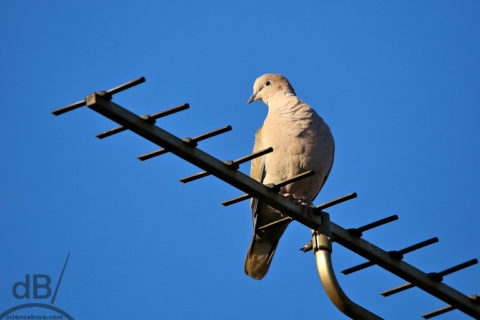
In terms of the Deceived Wisdom, if it were commonplace to keep this species as a pet in the aviary of one’s country pile, then there is the possibility that they would have been heard in some places well before the species invaded or irrupted the British Isles and made its home here.
The presence of this particular species in this painting also brings to mind the famous song, The Twelve Days of Christmas in which a gift receipt is offered along with the presents from the singer’s true love. In it, we hear of the donation of two Turtle Doves on the second day of Christmas. Of course, this particular migratory, rather than resident, species would be over-wintering at this time of year in the much balmier climes of Southern Africa, rather than shivering like the Robin, poor thing. Turtle Doves would have been as rare as hen’s teeth during Advent in Merry England, and so quite as difficult-to-come-by a Christmas present, as any of the other items in the song.
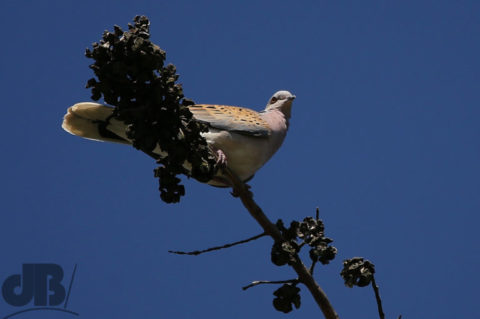
Thanks to the good people of the UK Bird Identification group on Facebook for their insights into the avians in this painting.
